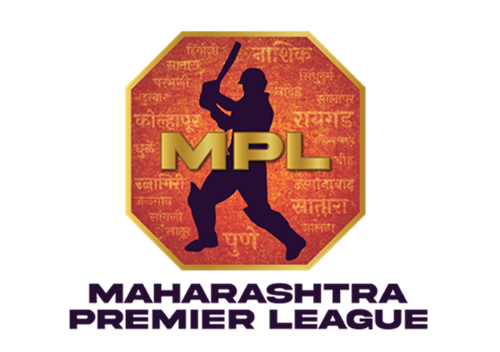HALL OF FAME – Men
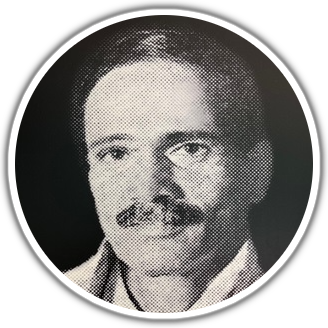
D. B. Deodhar
Evolution as a Player :
- Early Days: Dinkar Balwant Deodhar (1892–1993), born in Pune, began playing first-class cricket in 1911 in the Bombay Triangular. Known as the “Grand Old Man of Indian Cricket,” he was an aggressive right-hand batsman and part-time leg-break bowler. His early career showcased his attacking batting style, establishing him as a key figure in pre-independence Indian cricket.
- Development: Deodhar’s career spanned over three decades, playing 81 first-class matches from 1911 to 1948, scoring 4,522 runs at an average of 39.32, with a highest score of 246. His resilience was evident in 1944 when, at age 52, he scored centuries in both innings (105 and 141) against Nawanagar in the Ranji Trophy, helping Maharashtra win.
- Leadership: As captain of Maharashtra from 1939 to 1941, Deodhar was instrumental in establishing the team as a formidable force, leading them to consecutive Ranji Trophy titles in 1939–40 and 1940–41. His no-nonsense leadership style set a high standard.
Impact :
- Maharashtra: Deodhar’s leadership transformed Maharashtra into a premier first-class team in the 1930s. His centuries in both innings in 1944 at Poona Club Ground remain a historic feat.
- National: Though he never played Test cricket (considered too old at 40 when India played its first Test in 1932), Deodhar’s performances, like his 148 for ‘All-India’ in 1937–38 against Lord Tennyson’s XI, earned him national recognition. The Deodhar Trophy, a domestic one-day competition, was named in his honor.
- International: While he didn’t play international cricket, his performance against international sides, like scoring 118 against Lord Tennyson’s XI in 1937–38, showcased his ability to compete with world-class bowlers.
- Legacy: Awarded the Padma Shri (1965) and Padma Bhushan (1991), Deodhar was a BCCI vice-president, Maharashtra Cricket Association president, and national selector. He was one of the few cricketers to play first-class cricket before World War I and after World War II, living to 101.
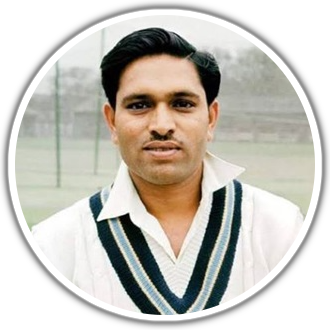
Chandrakant Borade
Evolution as a Player :
- Early Days: Chandrakant Gulabrao Borde, born in 1934, debuted for Maharashtra in the Ranji Trophy and made his Test debut for India during the West Indies tour in 1958–59. A right-handed batsman and leg-spinner, Borde developed a reputation for versatility and consistency.
- Development: Borde’s disciplined batting and useful spin bowling made him a key all-rounder. He played 55 Test matches for India, scoring 3,061 runs (average 35.59) and taking 52 wickets. His domestic career with Maharashtra was prolific, contributing significantly to the team’s competitiveness.
Impact :
- Maharashtra: Borde’s performances strengthened Maharashtra’s batting lineup in the Ranji Trophy, helping maintain their competitive edge in domestic cricket. His all-round skills were vital in key matches.
- National: Borde played a pivotal role in India’s Test teams during the 1960s, with notable performances like his 112 in a Test against West Indies in 1962, contributing to India’s first victory over them. He also captained India in one Test.
- International: His international career included tours to England, Australia, and the West Indies, where his stylish batting and occasional bowling made him a respected figure.
- Legacy: Borde received the Arjuna Award, Padma Shri, and Padma Bhushan for his contributions. He later served as a national selector and manager, influencing Indian cricket’s development.
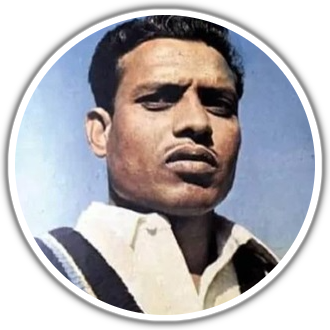
Vasant Ranjane
Evolution as a Player :
- Early Days: Vasant Ranjane (1937–2011) was a right-arm fast-medium bowler who debuted for Maharashtra in the Ranji Trophy. His early career focused on pace bowling, a rarity in Indian cricket during his era, which helped him stand out.
- Development: Ranjane’s ability to swing the ball and maintain accuracy earned him a Test call-up in 1958 against West Indies. He played seven Test matches, taking 19 wickets, and was known for his relentless bowling spells. His domestic career for Maharashtra was marked by consistent wicket-taking.
Impact :
- Maharashtra: Ranjane’s pace bowling added a new dimension to Maharashtra’s attack in the Ranji Trophy, making them a more balanced side during the 1950s and 1960s.
- National: His Test debut at age 21 highlighted his potential, and he contributed to India’s bowling attack during a time when spin dominated. His wickets against strong batting lineups like the West Indies showcased his skill.
- International: Ranjane’s international career was brief but impactful, with his pace troubling batsmen on overseas tours. His role as a fast bowler was significant in an era dominated by spinners.
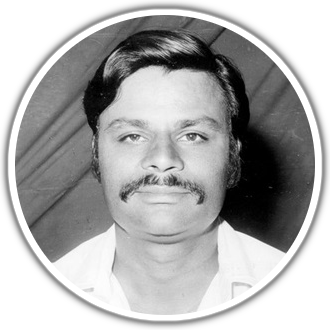
Hemant Kanitkar
Evolution as a Player :
- Early Days: Hemant Kanitkar (born 1942) was a right-handed batsman and occasional wicketkeeper who played for Maharashtra in the Ranji Trophy. His son, Hrishikesh Kanitkar, also became a notable cricketer.
- Development: Kanitkar developed into a reliable batsman, known for his solid technique. He played two Test matches for India in 1974, scoring modest runs but showing promise in domestic cricket with consistent performances for Maharashtra.
Impact :
- Maharashtra: Kanitkar’s contributions as a batsman bolstered Maharashtra’s middle order in the Ranji Trophy during the 1960s and 1970s, helping the team remain competitive.
- National: His brief Test career in 1974 included matches against the West Indies, where he faced formidable bowlers. His domestic success, however, was more significant, earning him a reputation as a dependable player.
- International: Kanitkar’s international exposure was limited, but his selection for India highlighted his potential as a top domestic performer.
- Legacy: Kanitkar’s legacy is tied to his consistent domestic performances and his role as a mentor to younger players, including his son Hrishikesh, who carried forward the family’s cricketing tradition.
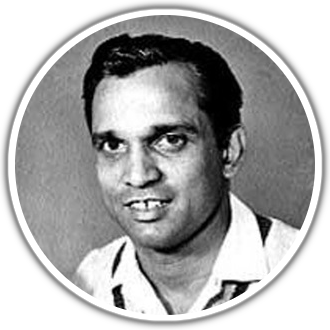
Yeshwant Sidhaye
Evolution as a Player :
- Early Days: Yeshwant ‘Baba’ Sidhaye was a first-class cricketer for Maharashtra, primarily known as a bowler. Limited biographical details are available, but he played during the 1970s and was recognized for his talent during a summer coaching camp, which led to his inclusion in Bombay’s domestic setup.
- Development: Sidhaye’s skills as a bowler were honed under coaches like Ramakant Achrekar, who also mentored players like Balwinder Sandhu. His domestic career focused on supporting Maharashtra’s bowling attack, though specific statistics are scarce.
Impact :
- Maharashtra: Sidhaye contributed to Maharashtra’s bowling lineup in the Ranji Trophy, aiding the team’s efforts in domestic competitions during his playing years. His role was crucial in a competitive era for Maharashtra cricket.
- National/International: There is no record of Sidhaye playing international cricket, but his identification by coaches and inclusion in first-class cricket indicate his potential. His impact was primarily at the state level.
- Legacy: Sidhaye’s influence extended beyond playing, as he coached and spotted talents like Balwinder Sandhu, who went on to win the 1983 Cricket World Cup with India. His role in grassroots cricket development in Maharashtra was significant.
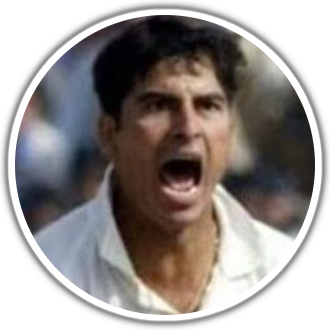
Iqbal Siddiqui
Evolution and Achievements :
Iqbal Siddiqui, a talented right-arm medium-pace bowler, showcased his flair in domestic cricket for Maharashtra with unwavering dedication. His ability to swing the ball and deliver consistent performances earned him a spot in the Indian national team. Siddiqui’s journey from Maharashtra’s domestic circuit to the international stage was marked by his disciplined bowling and commitment to excellence.
Impact :
- State: A key figure in Maharashtra’s Ranji Trophy campaigns, Siddiqui’s bowling prowess strengthened the team’s attack, inspiring teammates with his work ethic.
- National/International: Represented India in one ODI in 2001, showcasing his potential on the global stage and bringing pride to Maharashtra. His domestic performances for Maharashtra and other teams like Mumbai highlighted his versatility and skill.
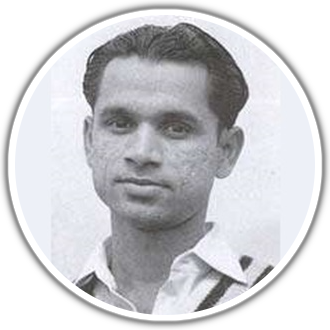
Bapu Nadkarni
Evolution and Achievements :
Bapu Nadkarni, a legendary left-arm spinner and dependable batsman, evolved into one of India’s most economical bowlers. His disciplined approach and extraordinary stamina shone through in domestic cricket for Maharashtra and Bombay. Nadkarni’s iconic feat of bowling 21 consecutive maiden overs in a Test match remains a testament to his precision and control.
Impact :
- State: A cornerstone for Maharashtra and Bombay in the Ranji Trophy, Nadkarni’s all-round contributions helped secure key victories.
- National/International: Played 41 Tests for India, taking 88 wickets and scoring over 1,400 runs, earning admiration for his consistency. His record for the most consecutive maiden overs in Test cricket is a global milestone, bringing glory to Indian cricket.

Yajurvindra Singh
Evolution and Achievements :
Yajurvindra Singh, a stylish right-handed batsman and exceptional fielder, developed his craft in Maharashtra’s domestic setup. His elegant batting and remarkable fielding skills, particularly in the slips, caught the eye of selectors. Known for his calm demeanor, he made significant strides in first-class cricket before earning a national call-up.
Impact :
- State: A vital cog in Maharashtra’s Ranji Trophy campaigns, Yajurvindra’s batting stability and fielding brilliance uplifted the team.
- National/International: Played four Tests for India in 1977–79, equalling a world record with five catches in an innings and seven in a Test match against Australia in 1977. His fielding excellence set a high standard for Indian cricket.
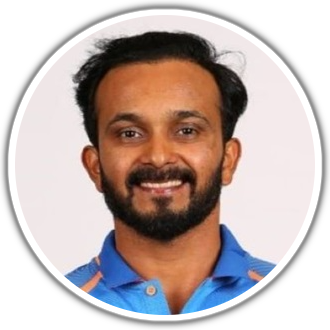
Kedar Jadhav
Evolution and Achievements :
Kedar Jadhav, a dynamic right-handed batsman and crafty off-spinner, rose through Maharashtra’s domestic ranks with his aggressive batting and versatility. His ability to anchor innings and provide breakthroughs with the ball made him a standout performer in the Ranji Trophy, paving the way for his international career.
Impact :
- State: A prolific run-scorer for Maharashtra, Jadhav’s leadership and match-winning performances bolstered the team’s domestic campaigns.
- National/International: Represented India in 73 ODIs and 9 T20Is, scoring over 1,300 runs, including a memorable century against England in 2017. His all-round skills and IPL success with Chennai Super Kings brought immense pride to Maharashtra.
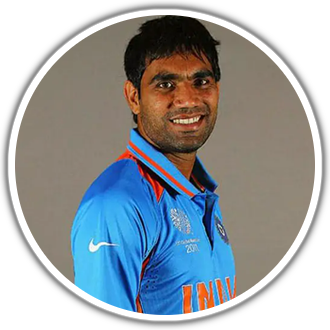
Munaf Patel
Evolution and Achievements :
Munaf Patel, a spirited right-arm fast bowler, began his journey in Maharashtra’s domestic circuit, showcasing raw pace and determination. His ability to generate bounce and seam movement earned him recognition, leading to his selection for India. Munaf’s relentless energy and adaptability made him a fan favorite.
Impact :
- State: Strengthened Maharashtra’s bowling attack in the Ranji Trophy, delivering crucial wickets and inspiring younger pacers.
- National/International: Played 13 Tests, 70 ODIs, and 3 T20Is for India, taking 125 international wickets. A key member of India’s 2011 World Cup-winning team, Munaf’s fiery spells brought global acclaim to Maharashtra cricket.

Ruturaj Gaikwad
Evolution and Achievements :
Ruturaj Gaikwad, a graceful right-handed batsman, emerged as a prodigy in Maharashtra’s domestic setup. His elegant strokeplay and composure under pressure shone in the Ranji and Vijay Hazare Trophies, earning him a leadership role. His meteoric rise in the IPL with Chennai Super Kings showcased his world-class talent.
Impact :
- State: Captained Maharashtra to a stellar Vijay Hazare Trophy campaign in 2022–23, scoring a record-breaking 220* off 159 balls against Uttar Pradesh, including seven sixes in an over. His leadership elevated Maharashtra’s domestic stature.
- National/International: Led India to a gold medal at the 2023 Asian Games and scored a T20I century against Australia in 2023, the first Indian to do so. As Chennai Super Kings’ captain, Ruturaj continues to inspire with his consistency and flair.

Rahul Tripathi
Evolution and Achievements :
Rahul Tripathi, a versatile right-handed batsman, honed his skills in Maharashtra’s domestic circuit, displaying aggressive strokeplay and adaptability. His ability to play both anchor and attacking roles in the Ranji Trophy and Syed Mushtaq Ali Trophy earned him widespread recognition.
Impact :
- State: A key performer for Maharashtra, Tripathi’s dynamic batting strengthened the team’s middle order, contributing to memorable domestic campaigns.
- National/International: Represented India in 5 T20Is, showcasing his potential on the global stage. His consistent IPL performances with teams like Sunrisers Hyderabad have made him a household name, bringing pride to Maharashtra.
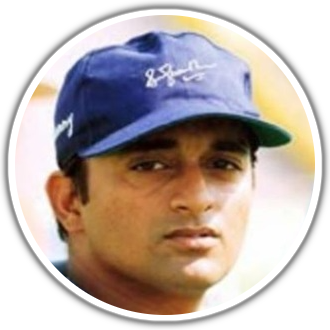
Abhijit Kale
Evolution and Achievements :
Abhijit Kale, a prolific right-handed batsman, developed his craft in Maharashtra’s domestic circuit, known for his elegant strokeplay and consistency. His ability to anchor innings in the Ranji Trophy made him a standout performer, earning him a chance to shine internationally.
Impact :
- State: A cornerstone of Maharashtra’s batting lineup, Kale’s substantial run-scoring in domestic cricket inspired teammates and fans alike.
- National/International: Played one ODI for India in 2003, showcasing his potential on the global stage. His domestic exploits remain a source of pride for Maharashtra cricket.
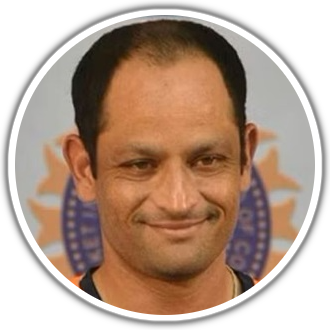
Hrishikesh Kanitkar
Evolution and Achievements :
Hrishikesh Kanitkar, a stylish left-handed batsman and occasional off-spinner, evolved into a dependable performer for Maharashtra. His technical prowess and calm demeanor in the Ranji Trophy brought him into the national spotlight, reflecting his dedication and skill.
Impact :
- State: A prolific run-scorer for Maharashtra, Kanitkar’s leadership and consistency strengthened the team’s domestic campaigns.
- National/International: Played 2 Tests and 34 ODIs for India, including a memorable match-winning boundary in a tense ODI chase against Pakistan in 1998. His contributions continue to inspire Maharashtra’s cricketing community.

